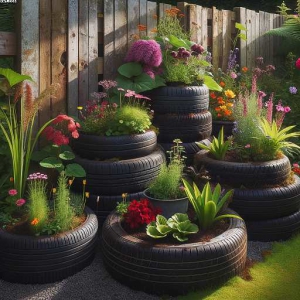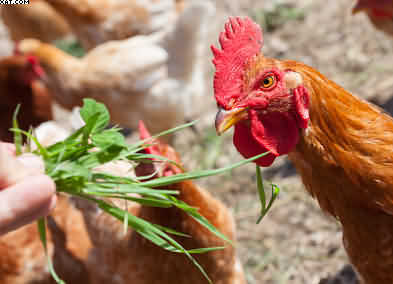Effective Germination
Effective Germination
Effective Germination
Of course, there are two main ways of producing new plants with differing variations. We can either use seed germination or take cuttings. Taking cuttings ensures that the mother plant is correctly cloned. Importantly, though, the key part of any germination method is having the correct conditions for either propagation or germination. Of course, to produce new and healthy plants,
The “radicle” is the first part of seed germination to develop. So, it is the embryonic root that will grow downward. This is the first thing that I can see when germinating my large avocado seeds in water. I actually grow these in a small glass of water that suspends the large seed halfway out of the top of the glass. Of course, this ensures that I can keep an eye on germination. So, the radicle is the first thing, followed by the real tap root. I then pot them up, and they turn into a nice houseplant. This is a great way to teach young people about growing things!
Next development
The next thing to start growing is the “hypocotyl” which is the embryonic axis that forms the seedling leaves, or “cotyledons.” In the case of my avocado, this can take a few weeks. Eventually the true leaves will appear, and the plant will grow away to reach the light source.
Typically, all seeds will eventually burst into life when the correct conditions are met. Good germination rates can be aided with experience from the gardener. For example, many seeds are hard-coated. This protects the seeds until the correct moisture levels are met. So, the grower can help this happen by putting the seed on a damp cloth or piece of tissue paper for the night. So, one good example of this is sweet peas.
Sweet peas must be soaked before planting in a warm seed tray with a potting mix or by using an hydroponic system.

Seeds can be helped along
Of course, in hydroponics, there are more up-to-date methods before sowing your valuable seeds. Many growers will soak hard-shelled seeds in a solution of water that includes a rooting stimulator. Such a product comes to mind as “Katana Roots.” Secondly, once the roots and sprouts appear, a specific plant food can be administered to aid instant growth. One that comes to mind is sold as “Shogun Start,” which contains very low levels of micronutrients that a young plant requires when first starting out.
You may have learned as a child that sprouting an avocado seed is simple. Purchase an avocado, savour its lush, green flesh, and then clean the seed. The top and bottom ends of the seed should be kept in mind. Next, insert many toothpicks into the seed’s equator and set the toothpicks on a glass of water so that the seed’s bottom inch is submerged.
You may have to be patent as rooting can sometimes take a while.
Since the seedling will still be indoors at this point, you can plant it anytime of the year.
Place the glass in a warm location away from direct sunshine, adding water as necessary to maintain the water level at the bottom inch of the seed. A seedling emerges after the development of its roots.
Of course, you should germinate your seeds in a warm and moist environment where possible. Most keen growers will purchase an electric propagator. These are not all that expensive these days and will ensure a good rate of success. You will still need to soak any hard seeds overnight, though. Most seeds, however, will germinate easily if soaked between damp tissue paper before planting.
In hydroponics many growers will use coco coir as a growing medium and rockwool cubes to plant on the germinated seeds in. These are accepted methods in many different fields of gardening these days.
- Phoenix Cactus Haven Visit
- Cacti From Seeds
- Rediscovering My Passion for Cacti Growing
- Cacti My New Interest
- Decking Renewal Wedding Gift
.



